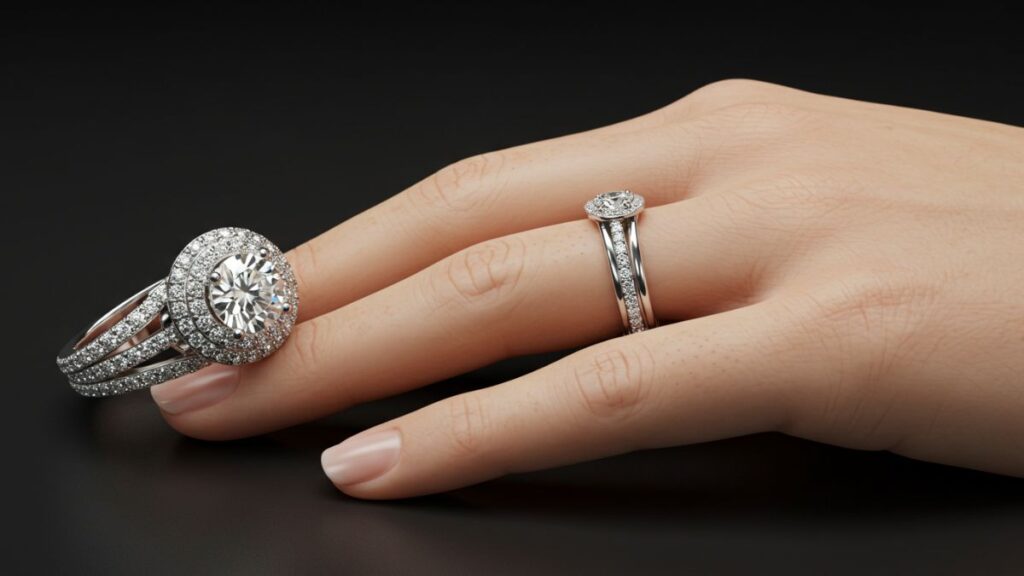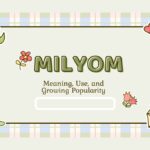Few objects are as emotionally charged—or as historically rich—as the engagement rings. For centuries, it has marked one of life’s most profound promises: the intent to build a life together. But this symbol of commitment has not remained static. It has evolved, shifting in form, meaning, and materials—reflecting the values, aesthetics, and stories of each generation.
From ancient tokens of ownership to personalized declarations of modern love, engagement rings have become more than tradition. They are living artifacts of culture, style, and identity—past, present, and future.
Past: From Property to Promise
The earliest engagement rings date back to Ancient Rome, where iron or copper bands signified a man’s claim to his betrothed. These rings weren’t romantic—they were legal markers of ownership and alliance. The idea of gifting a ring to seal a marriage contract later gained religious and royal significance, especially during the Middle Ages.
The most iconic shift came in 1477, when Archduke Maximilian of Austria presented a diamond engagement ring to Mary of Burgundy. This single act sparked a tradition that would take centuries to reach the masses.
Fast-forward to the 20th century: a famous 1947 marketing campaign introduced the world to the slogan, “A diamond is forever.” That line, penned by copywriter Frances Gerety for De Beers, didn’t just sell stones—it transformed the diamond engagement ring into a cultural cornerstone.
What had once been a rare, aristocratic gesture became a mainstream ritual, deeply tied to Western ideas of love, status, and permanence.
Present: A Mirror of Personal Values
While the engagement ring has retained its symbolic power, its meaning—and its design—has expanded dramatically in the 21st century.
Today, the engagement ring is:
- Less about tradition, more about self-expression
- Less about ownership, more about partnership
- Less about rules, more about intention
Couples are now choosing rings that reflect who they are—not what they’re “supposed” to wear. Round-cut solitaires still dominate in popularity, but alternative shapes (oval, emerald, pear), minimalist bands, hidden halos, and east-west settings are increasingly common.
More importantly, today’s buyers care not only how their rings look—but how they were made. They’re asking:
- Was the diamond ethically sourced?
- Is the metal recycled?
- Can I customize the design to reflect our story?
These questions have given rise to lab-grown diamonds, moissanite alternatives, and bespoke designs that prioritize sustainability, storytelling, and individuality over convention.
Values That Shape Design
Modern moissanite engagement rings are no longer mass-consumed accessories. They are, more often than not, values-based decisions.
Eco-conscious buyers choose lab-grown diamonds to avoid the environmental and ethical pitfalls of traditional mining. Couples seeking affordability and aesthetics turn to moissanite or colored gemstones. Others prioritize heirloom remounting—taking family stones and giving them new life.
Custom design is also booming. With advanced CAD technology and artisan-led brands, couples can now co-create rings that reflect specific milestones, personalities, or cultural roots. The result? Engagement rings that feel like one-of-one symbols of modern love.
Future: From Ornament to Heirloom
As personalization and sustainability take center stage, the engagement ring is once again poised for evolution. But rather than fading, its significance is deepening.
Here’s what the future of engagement rings looks like:
Ethical by Default
Tomorrow’s premium rings will come with full sourcing transparency—blockchain tracking, certified carbon neutrality, and detailed origin stories will be standard, not premium.
Gender-Neutral Design
With a rise in non-binary and non-traditional partnerships, the future ring market will see more gender-fluid silhouettes, dual-ring proposals, and personalization that transcends old gender roles.
Digital Integration
Augmented reality previews, 3D ring builders, and virtual consultations are becoming common today—and will become standard tomorrow. The buying journey will be as personalized as the product itself.
Built to Last Generations
Perhaps the most important shift? Today’s engagement rings are being purchased not just as personal jewelry, but as future heirlooms. Designs focus on quality craftsmanship, symbolic engravings, and classic elements that will look just as stunning on a grandchild’s hand as they do today.
Why the Ring Still Matters
In a time where many traditions are being questioned or rewritten, you might wonder: why does the engagement ring endure?
Because it has never been just about the ring. It’s about the meaning behind the gesture. The design may change. The materials may shift. But the core message—that of choosing someone, publicly and permanently—remains powerful.
The engagement ring allows each generation to say, “This is how we love. This is how we commit.” And that’s why it will always have a place in our stories.
Final Thought: A Ring for All Time
From ancient Rome to today’s artisan studios and virtual jewelers, the engagement ring has evolved with us—becoming more meaningful, ethical, and expressive along the way.
It’s no longer just about sparkle. It’s about symbolism, intention, and legacy. Whether you’re choosing a ring for tradition, personalization, or a sustainable future, know this: your ring isn’t just a statement for today.
It’s a story told across time.







